Photo Gallery: Winter Sports on Film
3 Share Tweet2024 marks the 100th anniversary of the Winter Olympics since its first launch in 1924 in Chamonix, France.
This winter season, we celebrate a century of one of the most heavily storied global sporting events in history by rounding up film photographs of selected sports that make up the games. These photographs highlight the shift in activities for this season and serve as inspiration for anyone looking to try out or revisit these winter sports before the last snowfall.
The common theme among winter sports is the need for speed and rhythm. Whether you're skiing down the mountain, dropping down the halfpipe, or attempting a double axel jump, these movements require you to build up speed and momentum, trust in your instincts, tap into muscle memory, and ultimately take a chance.
Photographing these moments in close to sub-zero temperatures is no different. Capturing incredible moments like these on celluloid film is extra special and can be just as thrilling. With every second rushing by, you need to react quickly to capture that magical moment. So much of photographing winter sports is about speed, sacrifice, and emotion. It's essential to keep up with the pace and movements when photographing these unique moments. Thus, be fast — Lomography Golden Rule #7 is most applicable in this setting and best represents this aspect of film photography.
For the ultimate holiday experience, bring your film camera to the mountains, ice rinks, and stadiums, whether you're competing or just recreationally shredding. Just be mindful of the possibility of your camera, lenses, and films freezing, and prepare accordingly.
Skiing & Snowboarding
Off to the ski slopes and halfpipes! Carry the excitement up to the mountains and race down, carving through powder and gliding through paths lined with snow-covered trees. Engage in a constant conversation with gravity and the mountain beneath you and your board.
With a snowcapped mountain as your backdrop, consider taking a groovy wide-angled perspective for your photographs up in the mountains with the Fisheye No.2 film camera. And mimic motion in still film photographs with the ActionSampler.
Ice Hockey
Gear up for the rink by strapping on your skates and grabbing your hockey stick. Anticipation is crucial for capturing fleeting moments in sports on celluloid film.
Photos in the first row were shot on a Lomo LC-A+, whereas the second set of photos was shot on an instant camera. It'd be interesting to delve into a new world of sports photographs shot on instant cameras, beginning with the Lomo’Instant Automat Glass to achieve this unique look.
Speedskating & Curling
The physical and metaphorical race against time and its ticking clock is emphasized in these two winter sports: speedskating and curling.
Skates booted on and curling brooms in hand, there's an exhilarating feeling that comes with having just one chance to succeed, whether you are an athlete in a competition or a photographer trying to capture "the perfect shot." The entire process of photographing these sports on film provides a unique tactile experience that cannot be replicated; allowing you to capture the charm and excitement within these high-impact, high-threshold environments.
Why not give black and white film a try when photographing these kinds of sporting events? The Lady Grey B&W 35 mm ISO 400 would make a reliable film stock, giving you just the right amount of moodiness and practical shadows for its 36 exposures.
Figure Skating
Figure skating as a sport and a way of life has been well-documented in research, competition, recreation, and on film and television.
In several movies (shot on motion picture film), the sport has been used as a plot device in a character's journey; exploring the character in relation to the world and how they choose to navigate it given their circumstances. From comedy slapsticks such as Blades of Glory to classics like Little Women and Ice Princess (an arguably Walt Disney Pictures favorite among the Gen Z), and drama-inducing biopics in I, Tonya, composing images for figure skating requires the photographer to form figures in motion through the images they craft.
Utilizing the 7th Lomography Golden Rule: Be fast — in this scenario, speed and choreography come into play on the part of both the skater and the photographer. Being in rhythm with your body as you skate across the icy and frozen-down lakes or rinks in a choreographed motion, or as you capture these movements on film.
For a subtle change of pace and approach to your winter holiday experience, try turning to analogue photography to accompany you as you document this special season. Another important reminder to plan well so that you don’t lose a camera to the colder temperature and weather conditions. We'd want to preserve those moments immortalized on film so best to prepare beforehand!
How do you incorporate Lomography Golden Rule #7 in your life?
What’s your favorite winter sport? What other winter sports would you like to see photographed on film?
written by macasaett on 2024-01-24 #culture #sports #mountains #film #winter #snow #instant #outdoors #ice #35-mm



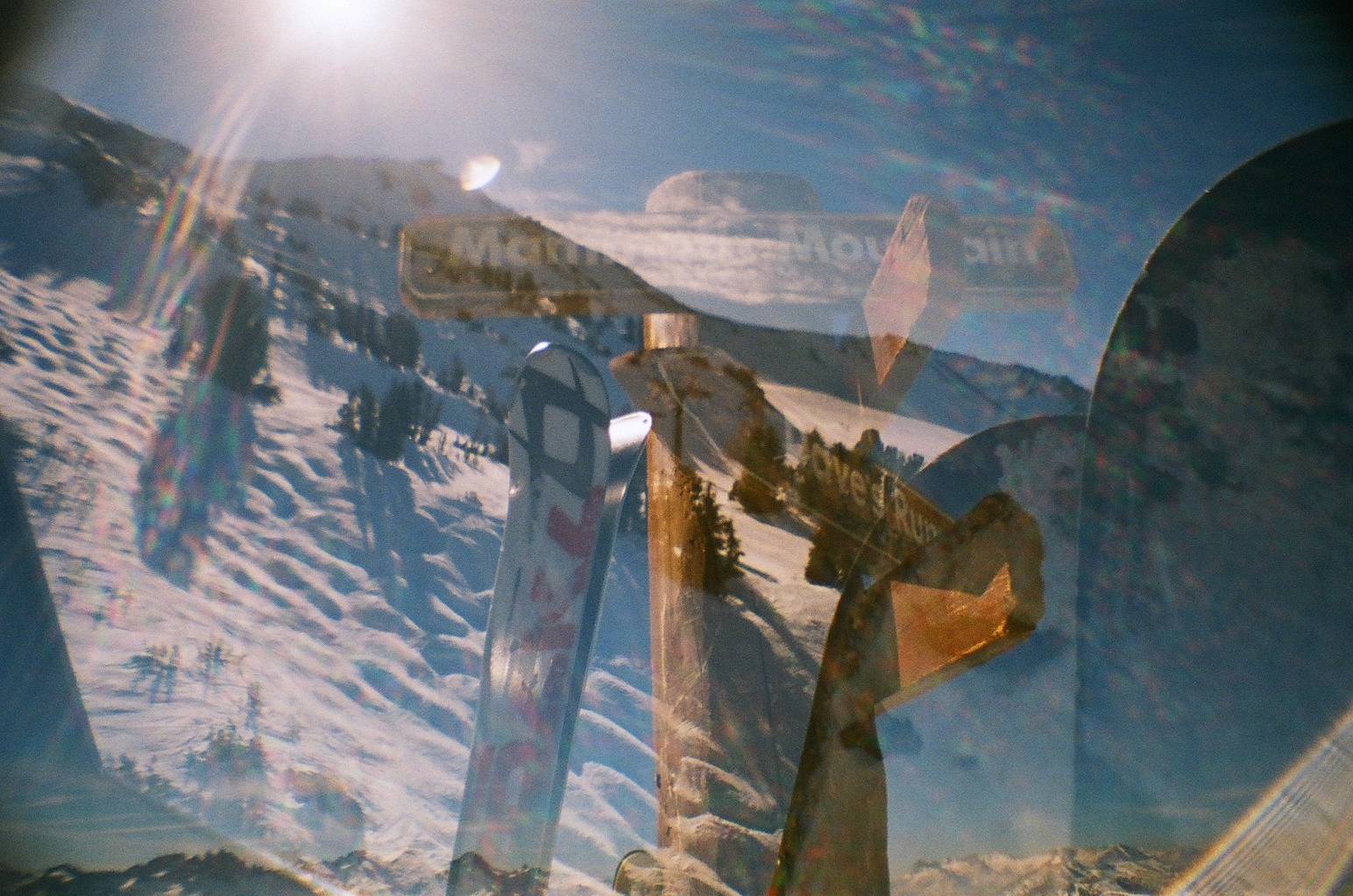






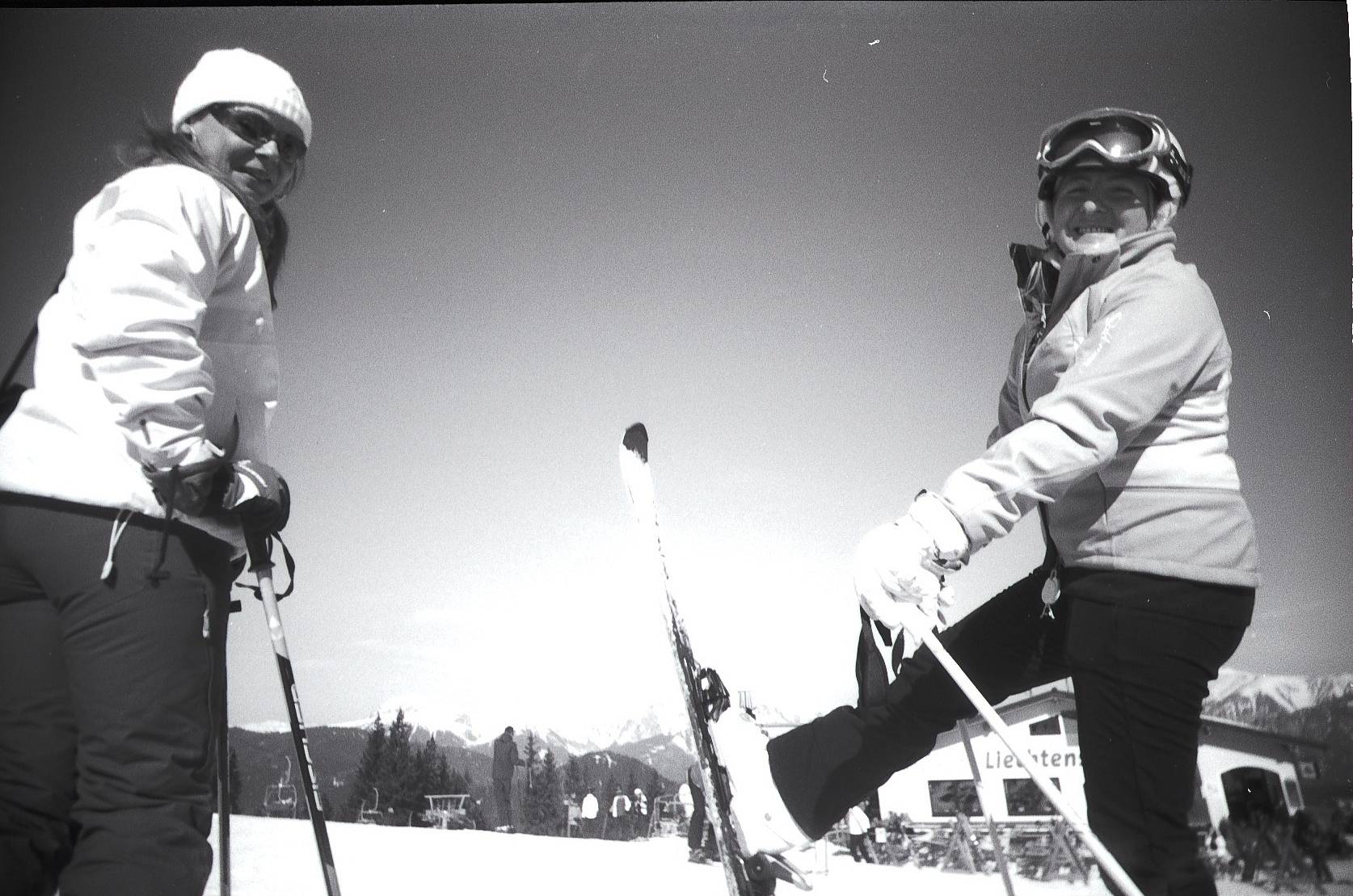


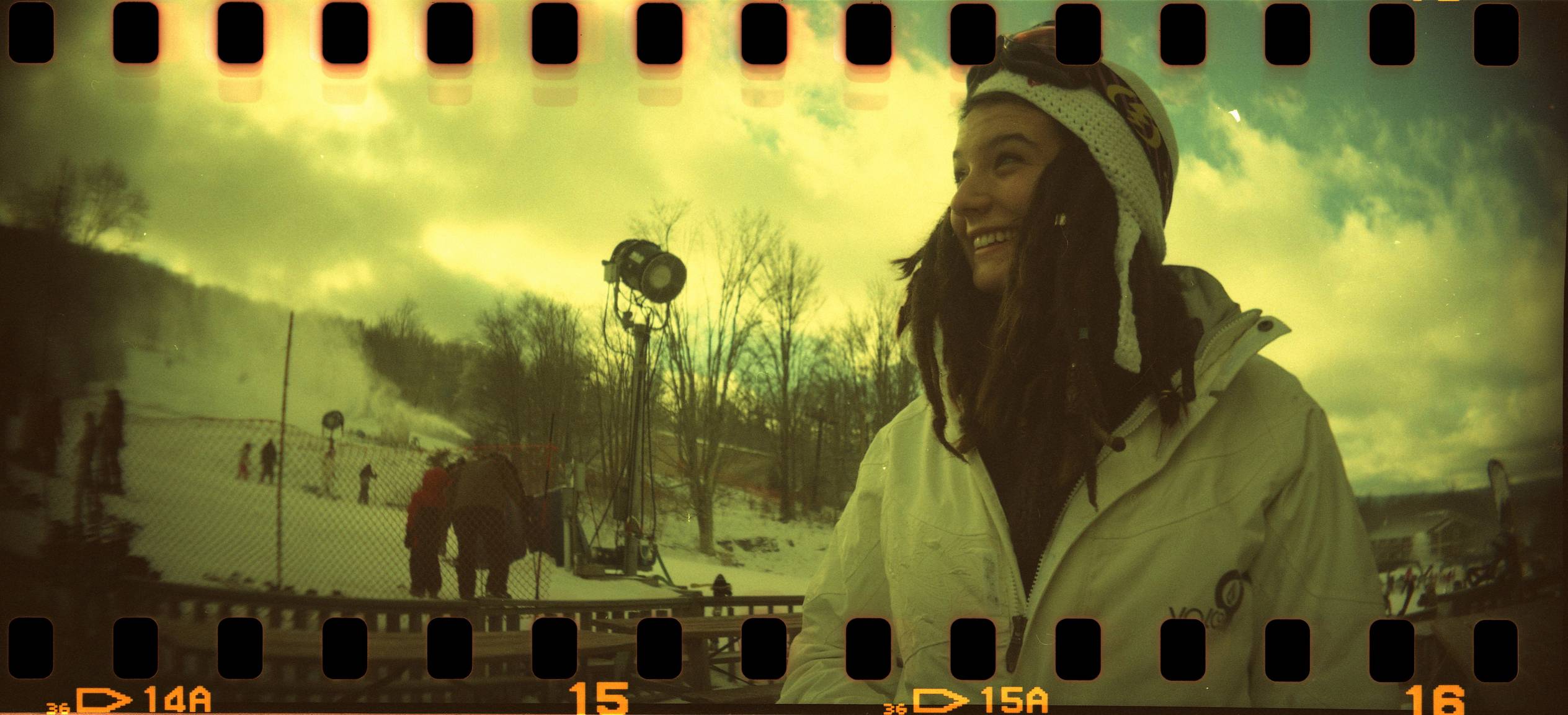


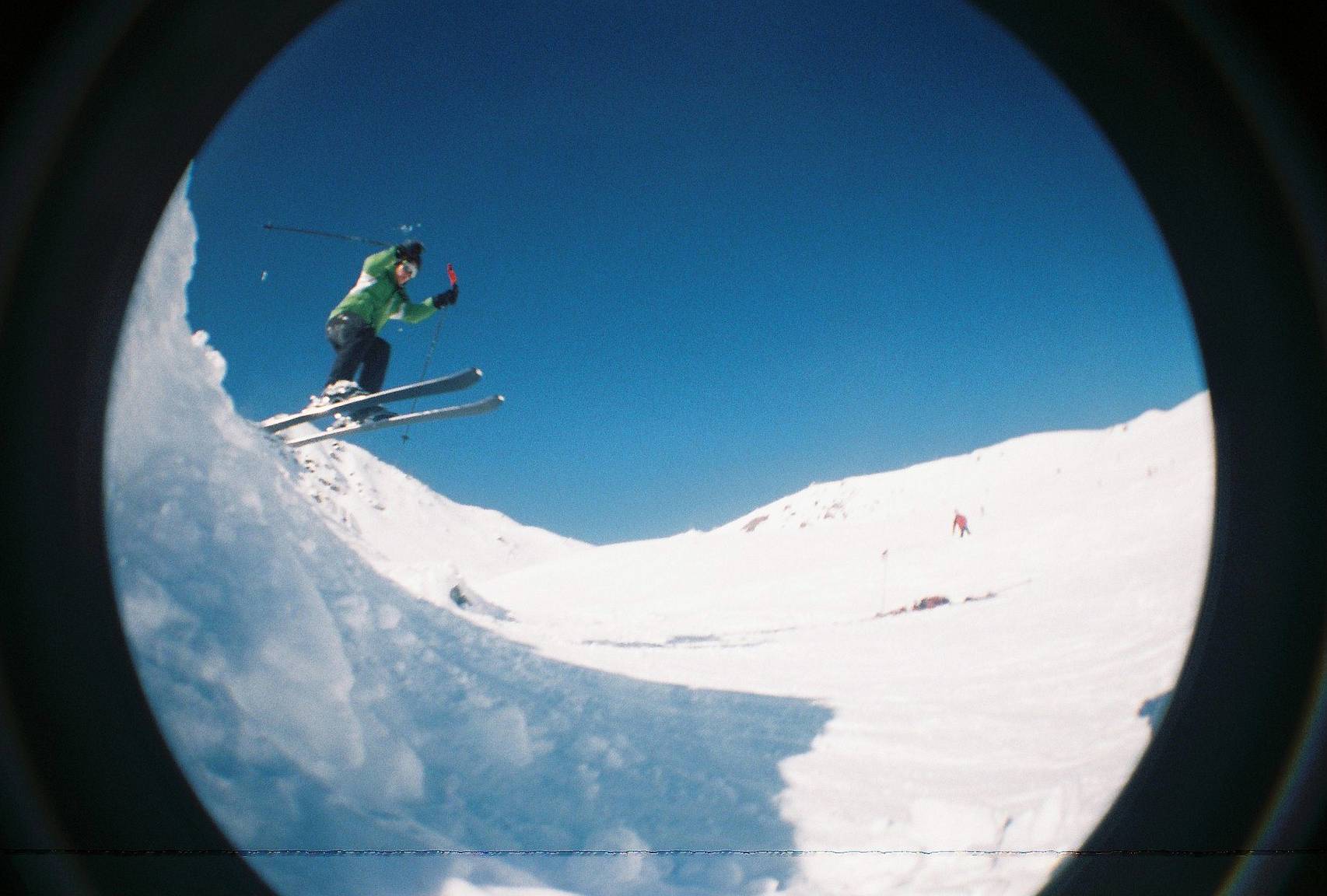
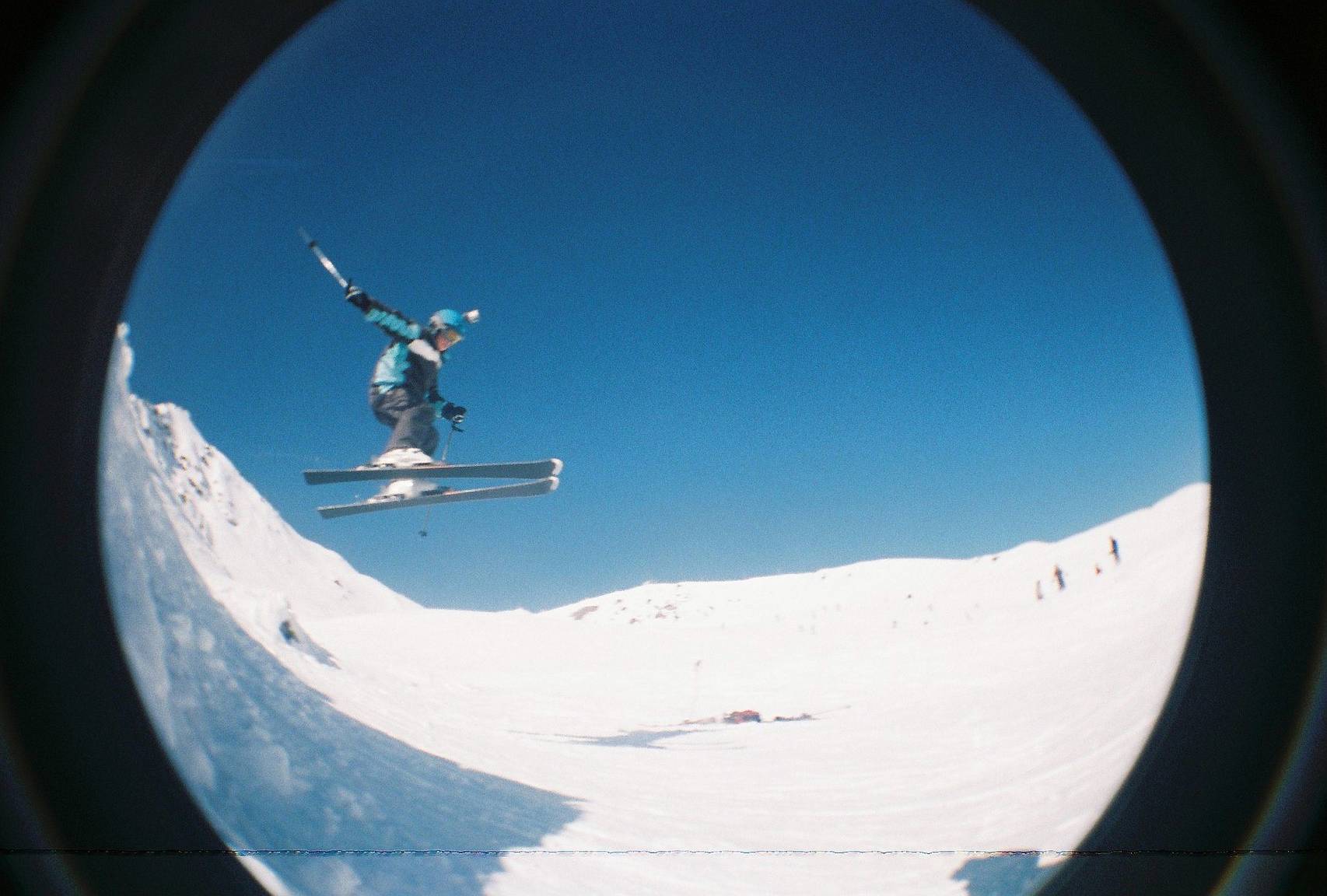



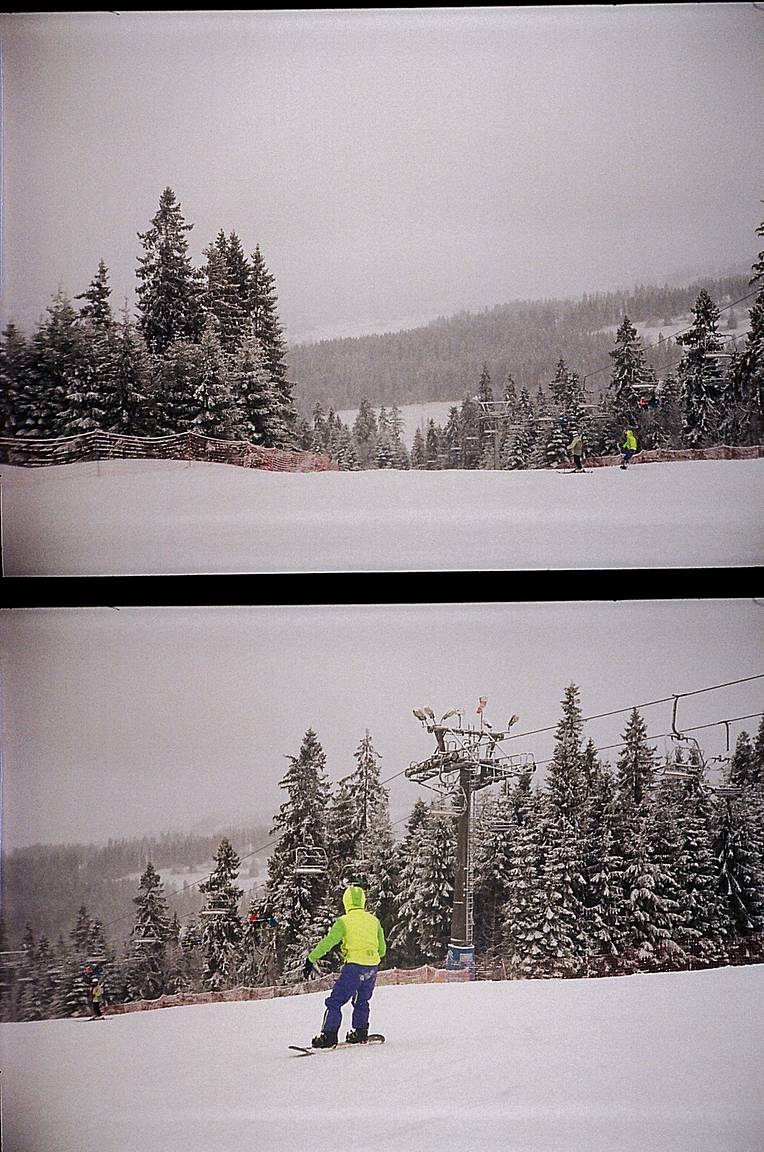





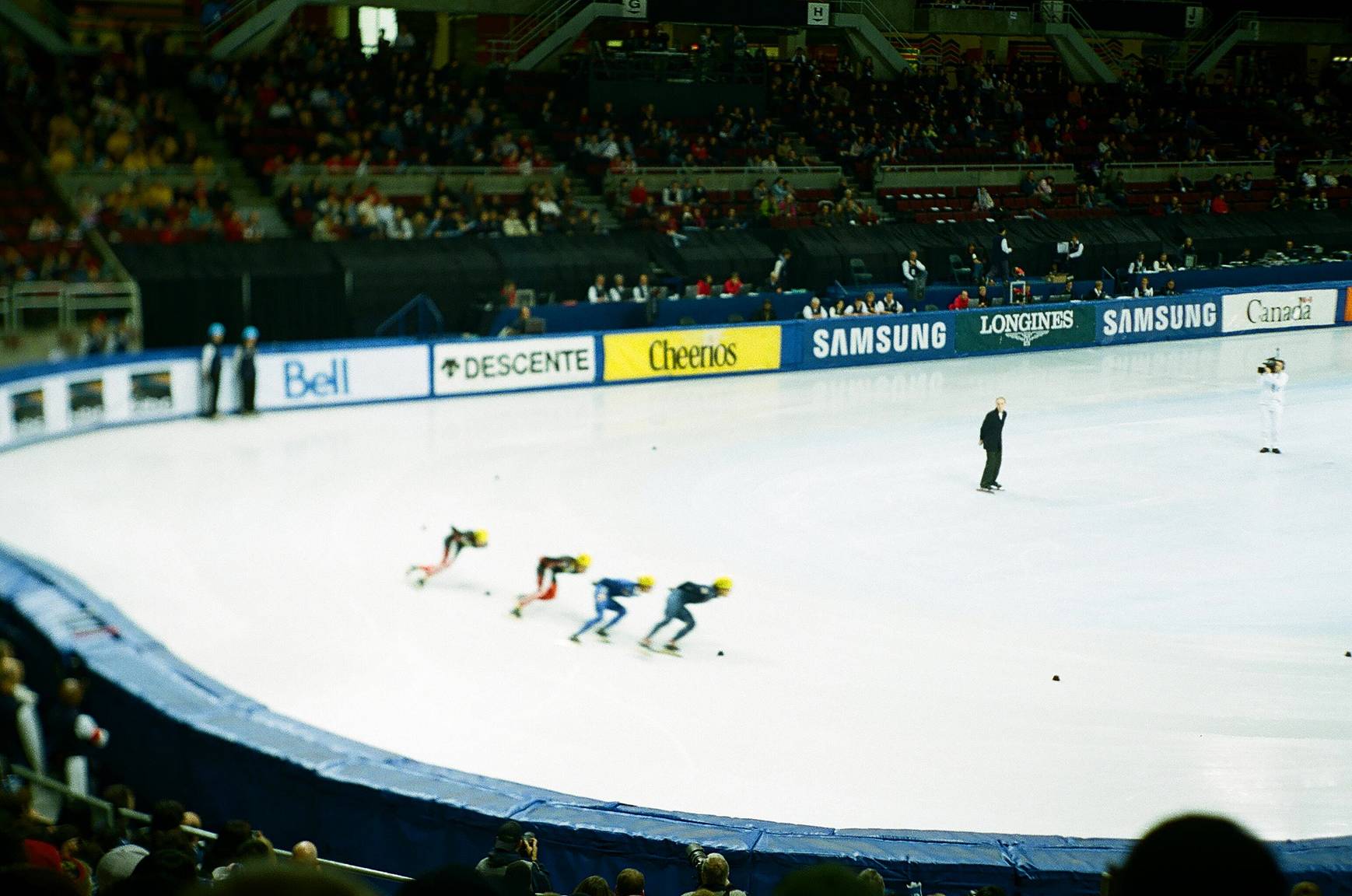


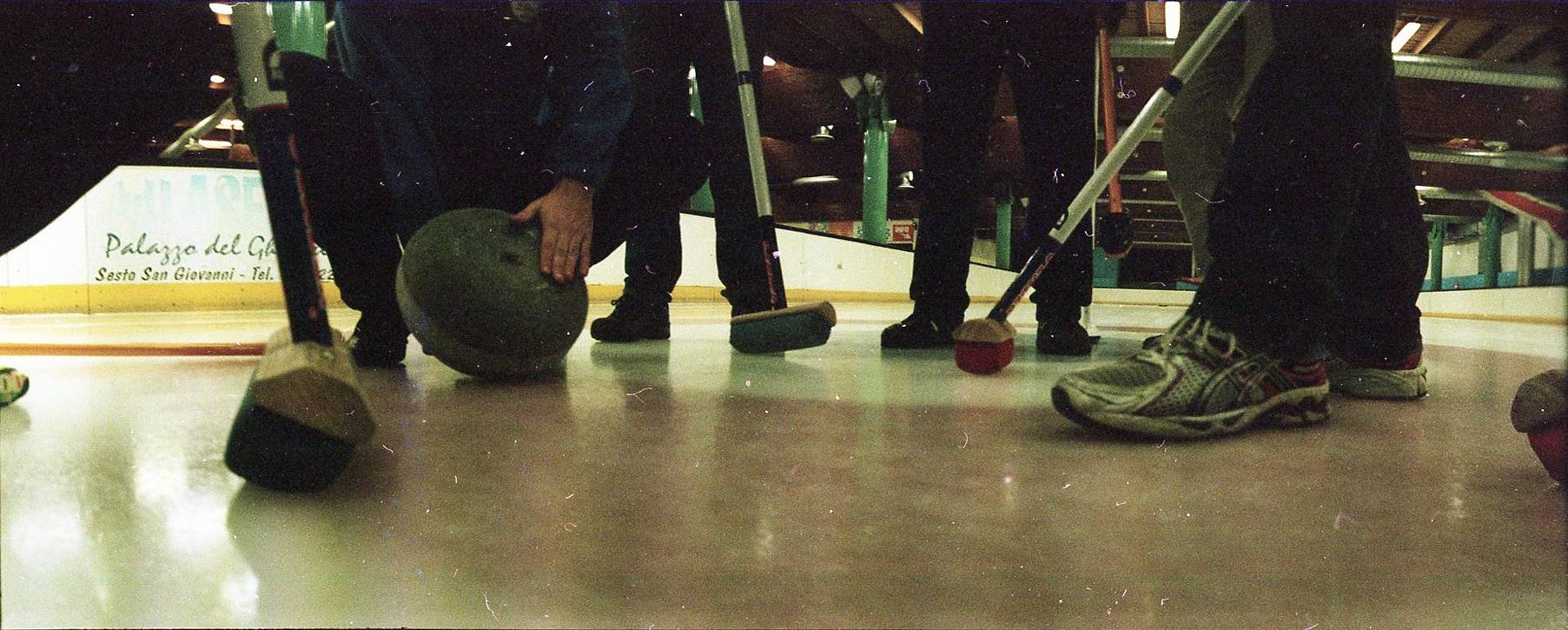
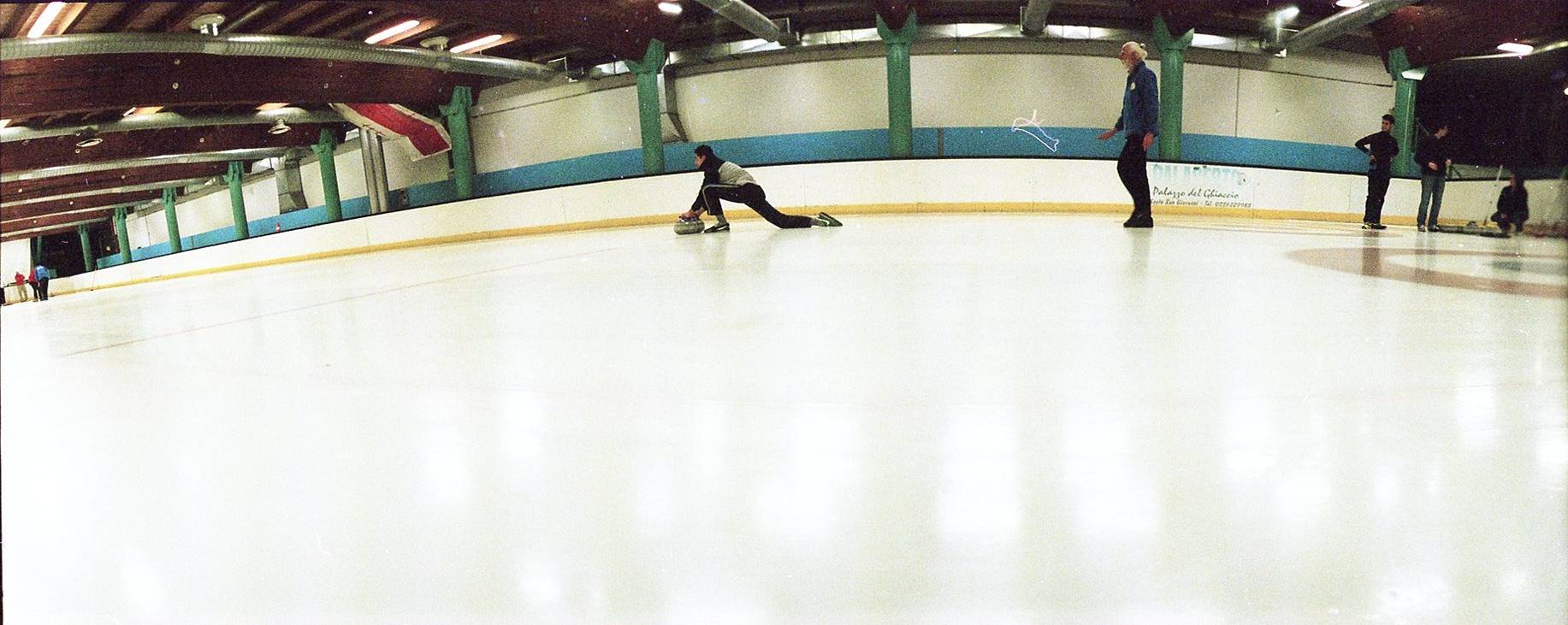


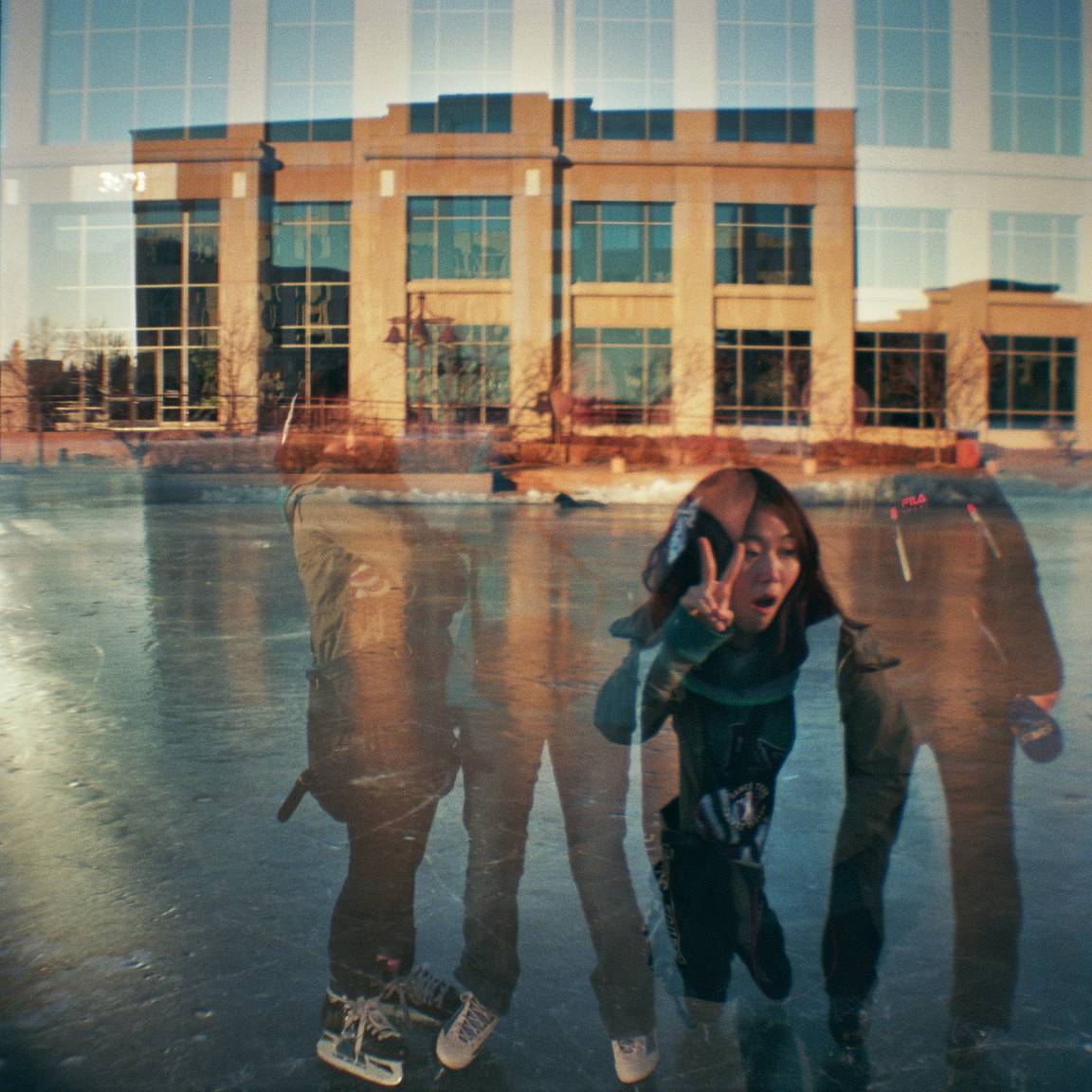


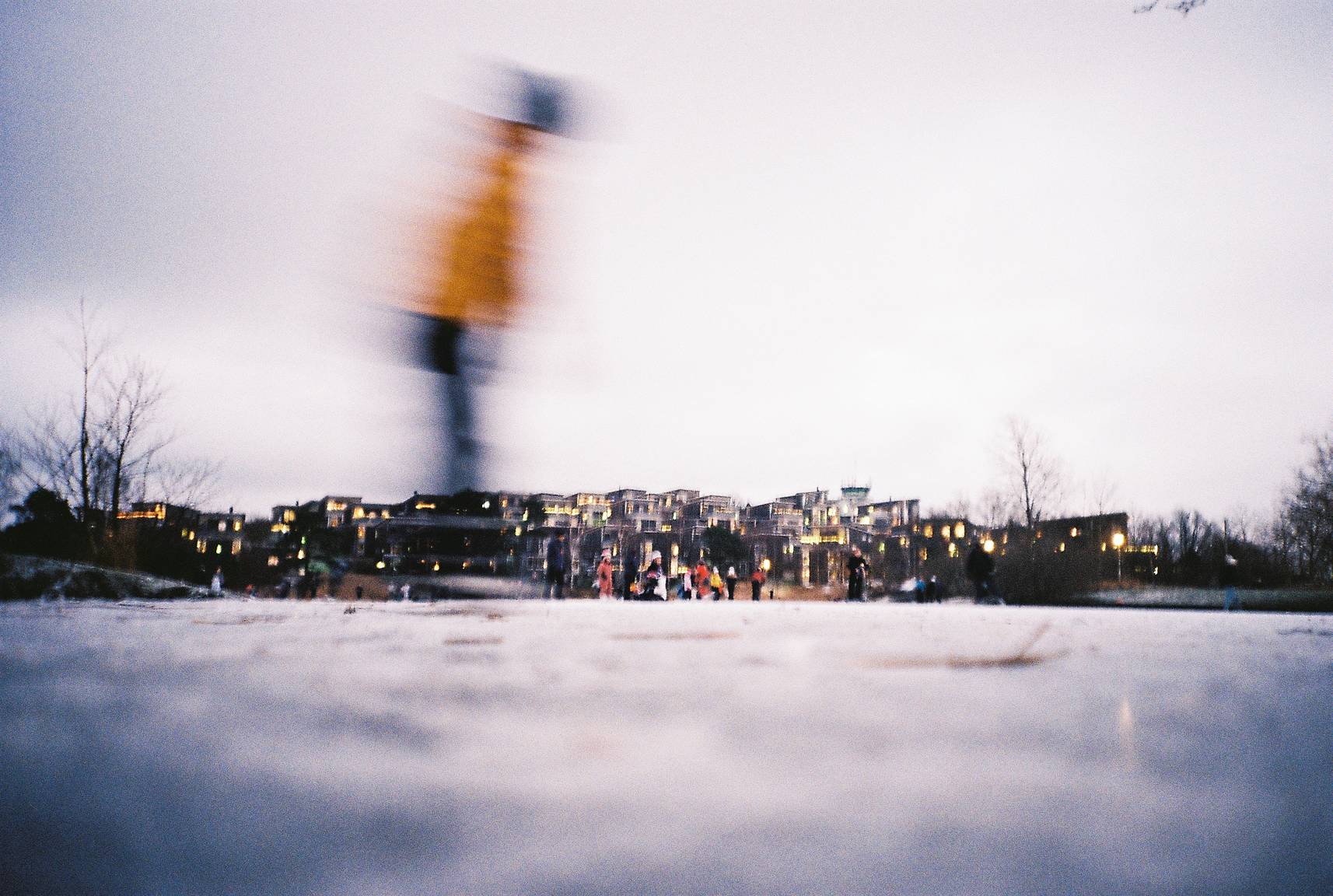






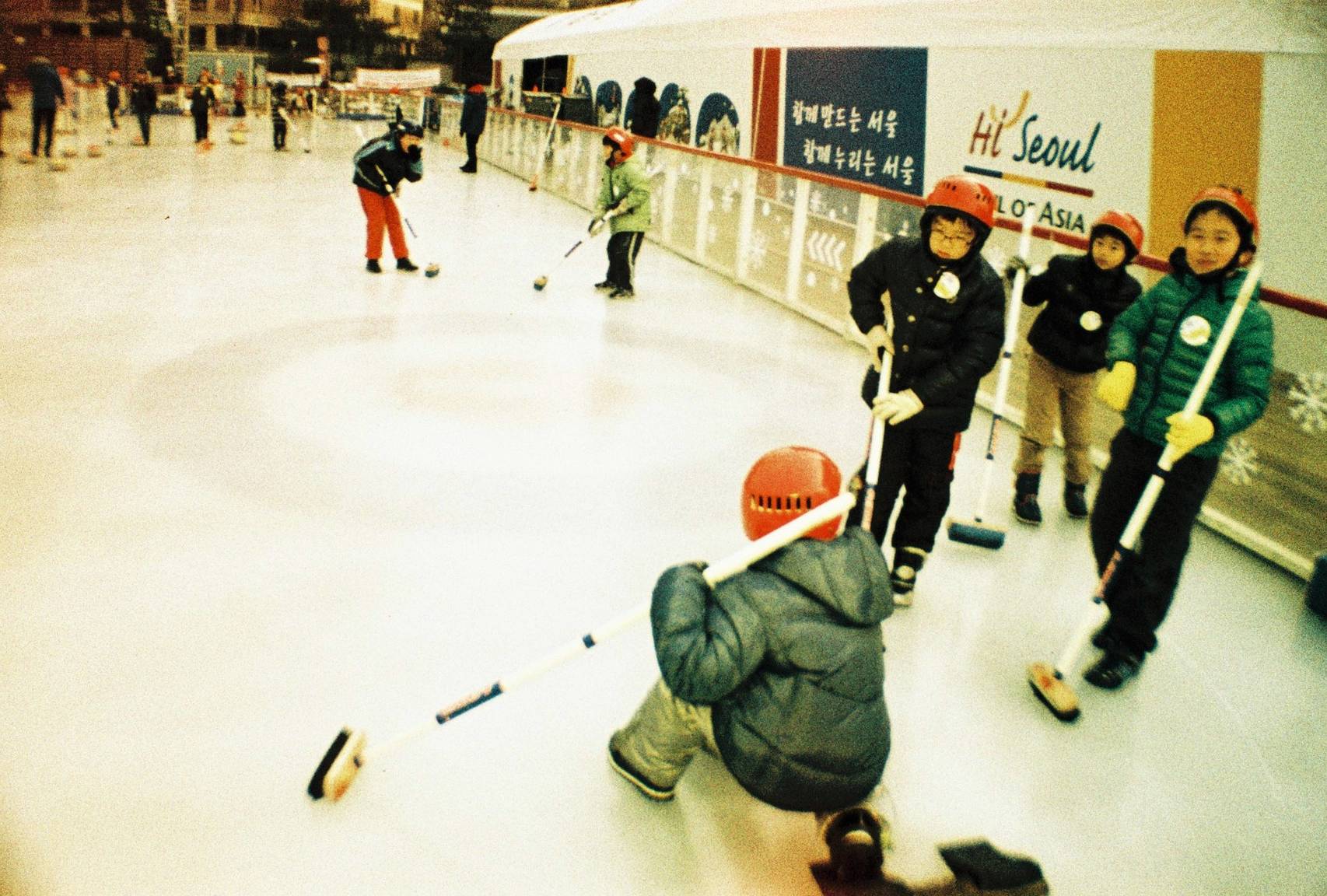




















No Comments